When you're raising capital, the conversations usually begin with your pitch deck, but they’re solidified in the data room.
A fundraising data room is the central hub where all your essential documents live. It’s where investors go when they’re interested, and it’s what they use to decide whether or not to commit. An incomplete or chaotic data room can slow things down, raise red flags, or kill the deal entirely.
So how do you make sure yours is up to par?
Below are the four core categories of documents every founder should have ready before serious investor conversations begin.
1. Company & Legal Documents
Investors want to know that your startup has a solid legal foundation. Before wiring any funds, they’ll want to confirm your business exists, is in good standing, and that your equity structure is clear.
What to include:
- Certificate of Incorporation (and any amendments)
- Cap table (current and fully diluted)
- Founders' agreement or any internal equity agreements
- Shareholders’ agreement
- SAFE / Convertible note documents from any previous funding rounds
- Board resolutions or minutes (if applicable)
- IP assignments (ensuring that your company owns the code, content, or patents it uses)
- Licences, permits, or trademarks relevant to your business
2. Financial Documents
Even if you're pre-revenue, investors will want to see that you're financially organised and thinking ahead.
What to include:
- Income statement (P&L)
- Balance sheet
- Cash flow statement
- 12–24 month financial projections (realistic, not fantasy)
- Budget vs actuals (if applicable)
- Fundraising use-of-funds breakdown
If you’ve already raised money, include:
- Details of previous funding rounds (amount raised, valuation, investors)
Pro tip: Include a slide or one-pager outlining the key assumptions behind your projections. This helps prevent misunderstandings and unnecessary back-and-forth.
3. Product & Traction Data
This is where you prove people want what you’re building. Investors will want to understand your product maturity, user base, and traction.
What to include:
- Product demo or walkthrough video
- Screenshots or links to the live product
- Customer growth metrics (MAUs, WAUs, signups, retention)
- Conversion rates or CAC/LTV data
- Customer feedback, testimonials, or case studies
- Partnership agreements (with logos where possible)
- Roadmap showing where the product is going next
Pro tip: Highlight retention and engagement over vanity metrics. Show that people are not only signing up, they’re staying.
4. Team & Operations
Investors invest in people as much as they do in products. Use this section to show that you’ve got a capable, aligned team and the operational plan to scale.
What to include:
- Team bios (with a sentence or two about each member’s background and relevant experience)
- Org chart (current and post-funding, if possible)
- Hiring plan (who you'll hire next and why)
- Sales & GTM strategy (with clear channels and funnels)
- Customer acquisition costs & performance by channel
- OKRs or KPIs (if you've formalised them)
- Press, awards, media coverage that add credibility
Pro tip: Keep bios sharp and highlight founder-market fit which is the experience that makes your team uniquely suited to solve the problem.
Final Thought: Your Data Room = Your Readiness
Your data room is a reflection of how well you run your company. A disorganised or sparse data room signals that you're not ready. A clean, thoughtful, and complete one sends a very different message: “I know what I’m doing and I’m ready for investment.”
Whether you’re raising your first round or preparing for a Series A, having these documents ready can make the difference between a fast yes and a stalled maybe.
At Pitchwise, we help founders prepare with clarity and confidence. From smart document sharing to editable pitch deck templates and fundraising workflows, we have built the tools founders need to raise better.
Ready to upgrade your data room and share with confidence? Explore Pitchwise to get started.




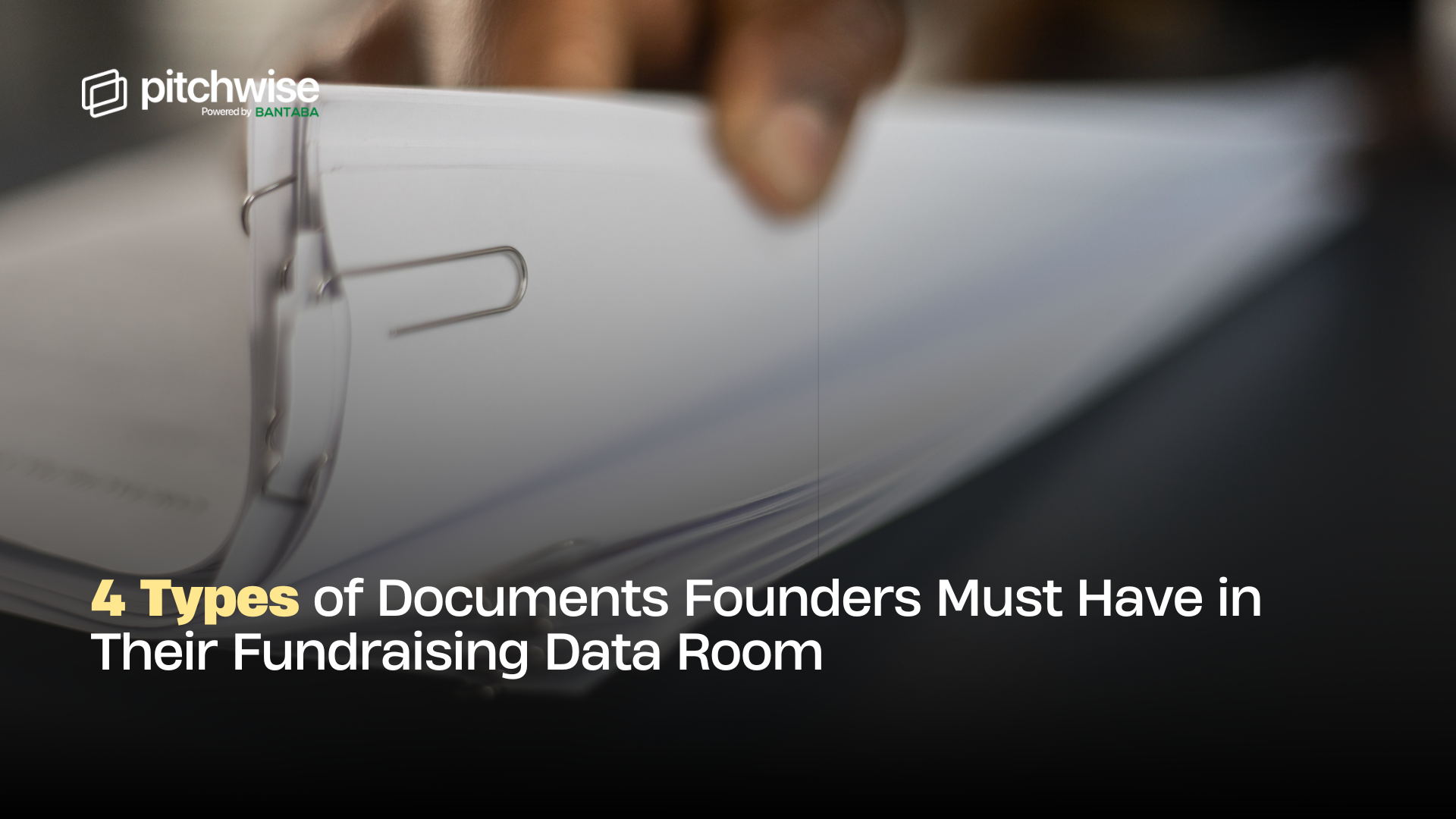







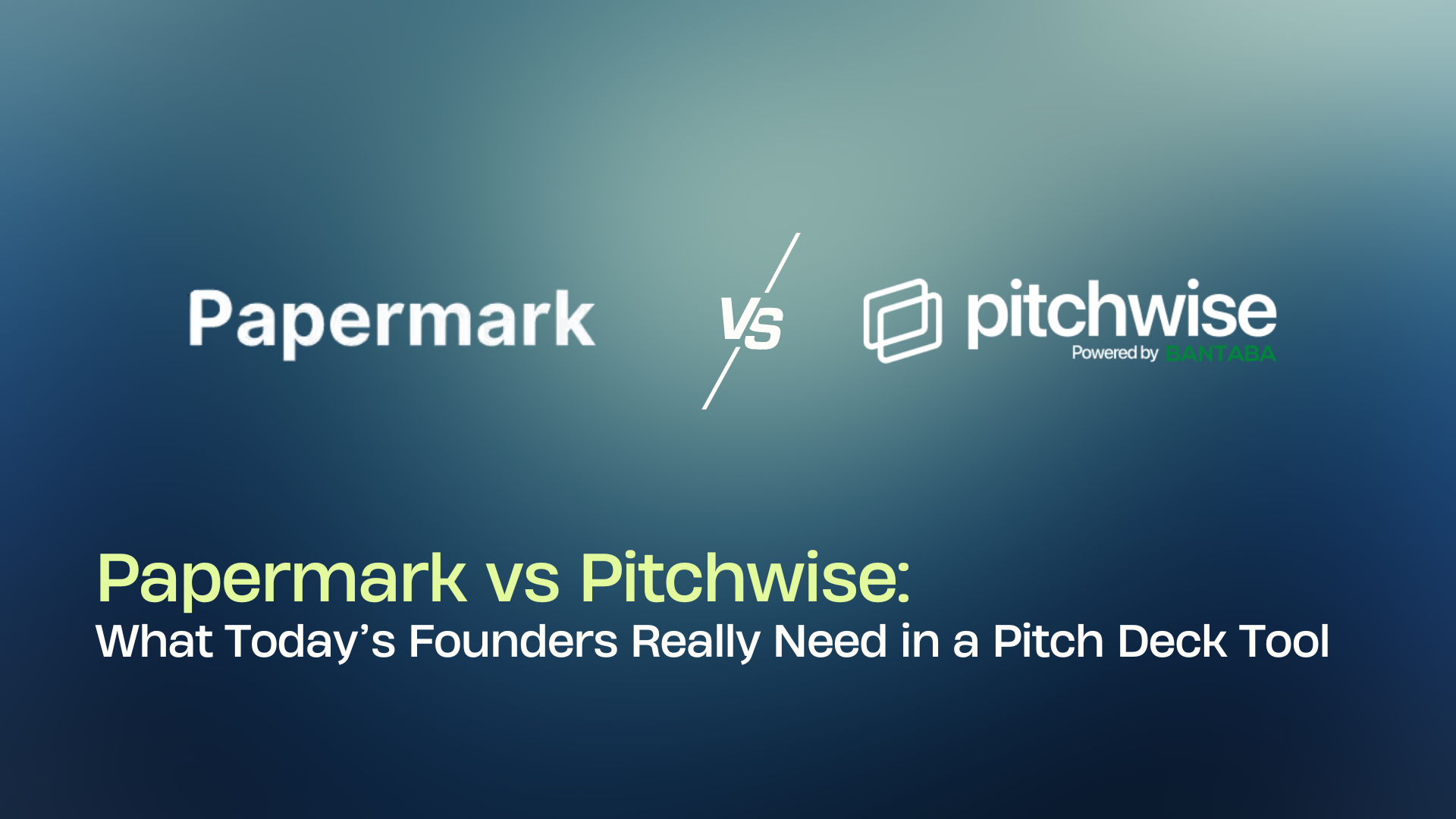




.png)


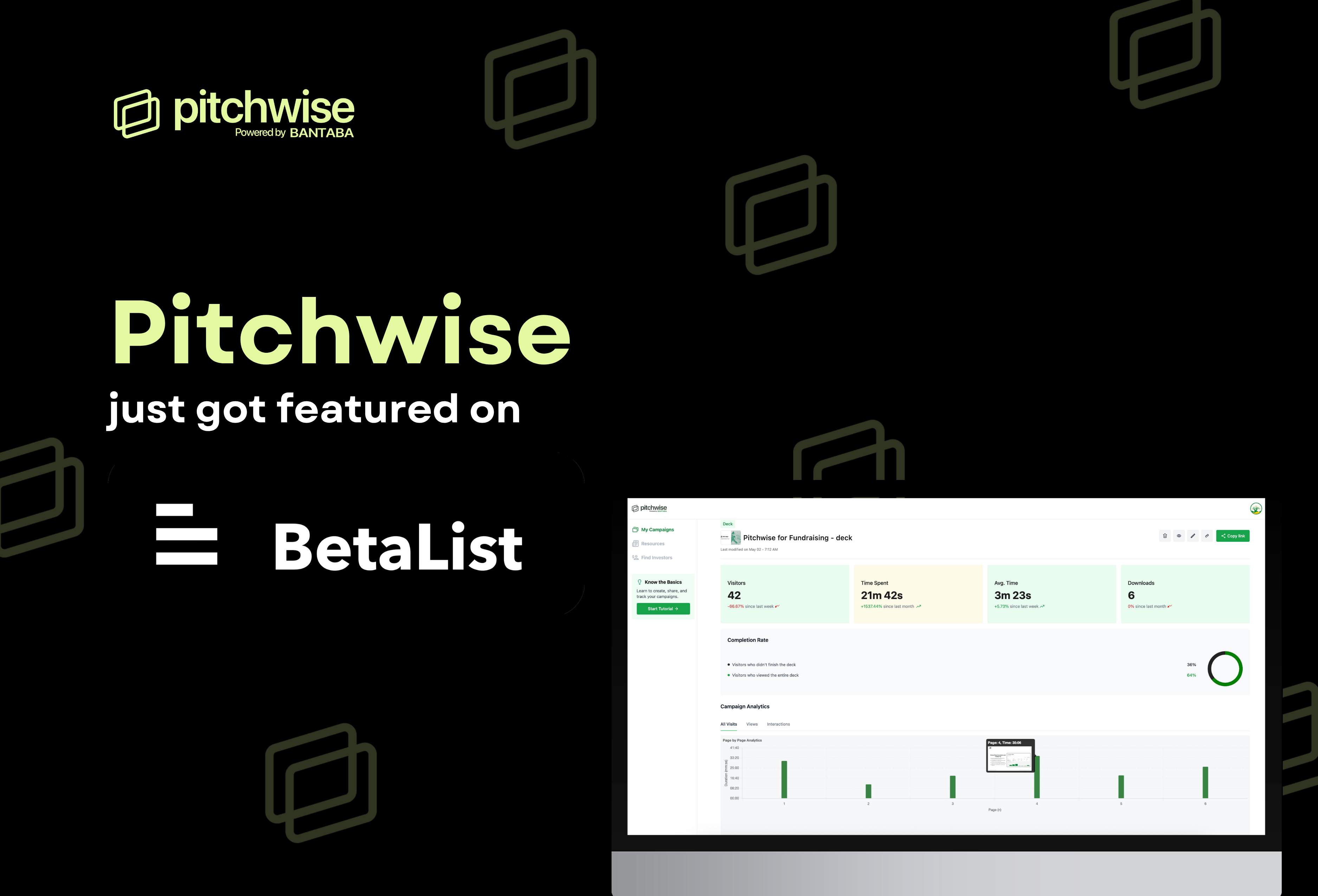






.png)

%20.png)

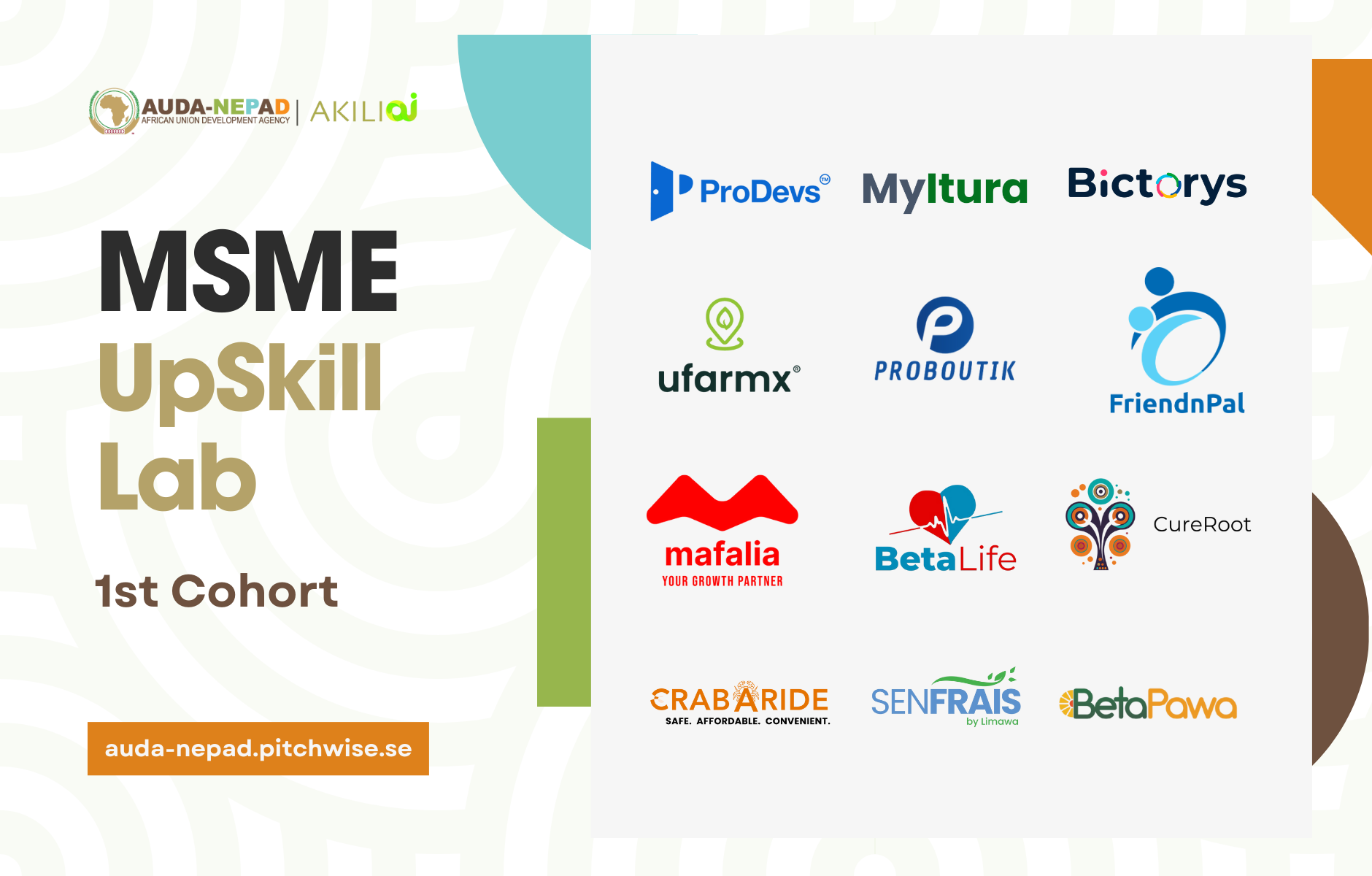





.png)



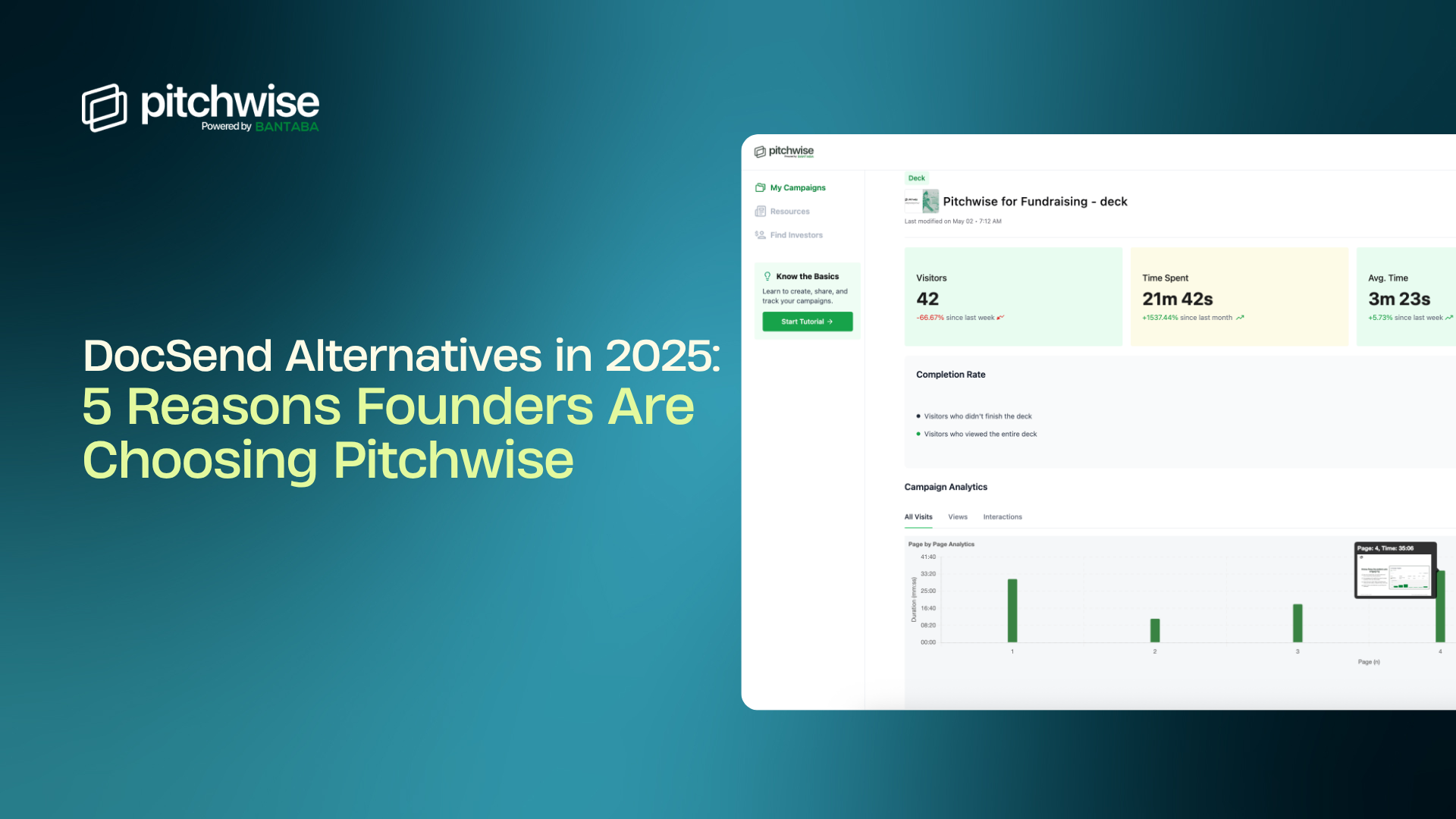










.png)

.png)



.png)
.png)


.png)
.png)



















